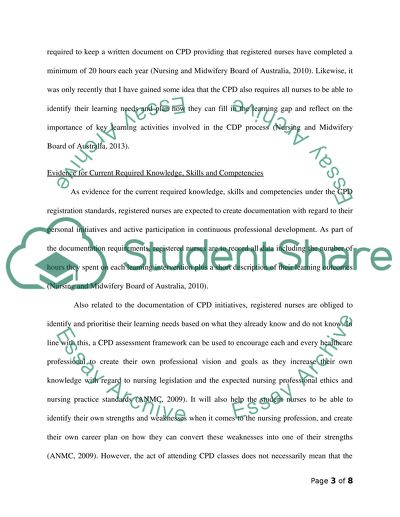Cite this document
(“Registered nurses. Continuing Professional Development: Critical Essay”, n.d.)
Retrieved from https://studentshare.org/nursing/1491831-where-to-from-here-continuing-professional
Retrieved from https://studentshare.org/nursing/1491831-where-to-from-here-continuing-professional
(Registered Nurses. Continuing Professional Development: Critical Essay)
https://studentshare.org/nursing/1491831-where-to-from-here-continuing-professional.
https://studentshare.org/nursing/1491831-where-to-from-here-continuing-professional.
“Registered Nurses. Continuing Professional Development: Critical Essay”, n.d. https://studentshare.org/nursing/1491831-where-to-from-here-continuing-professional.


